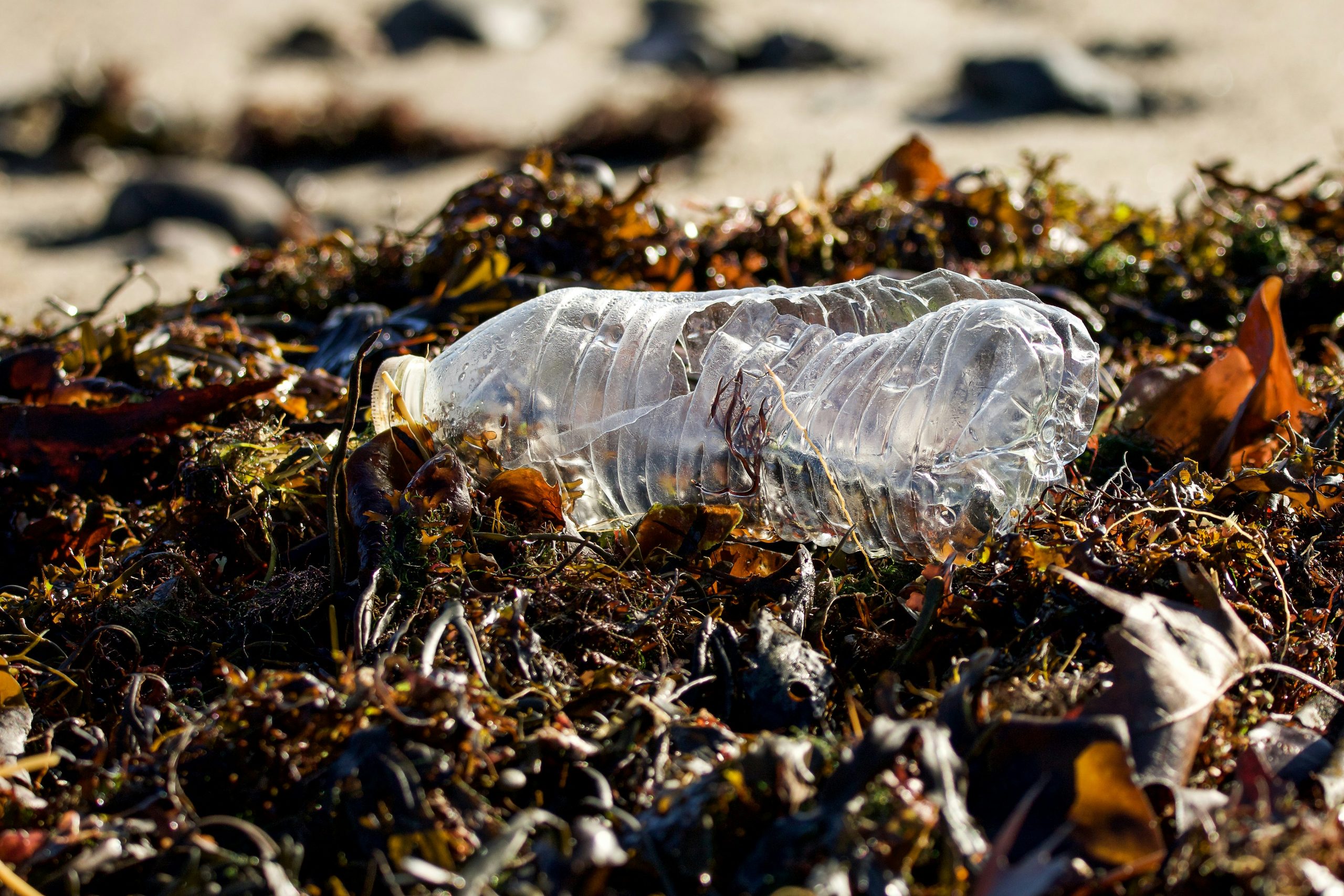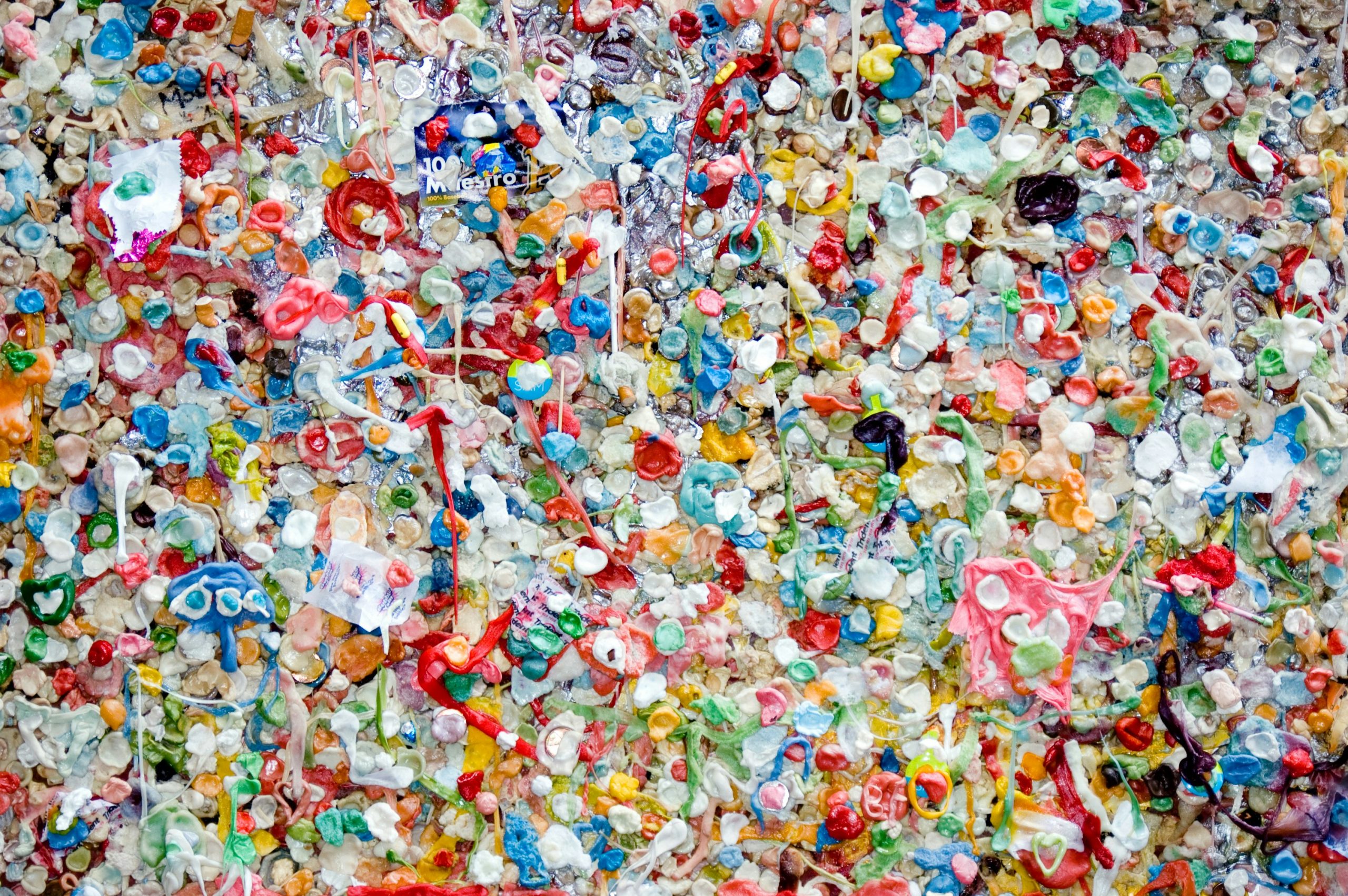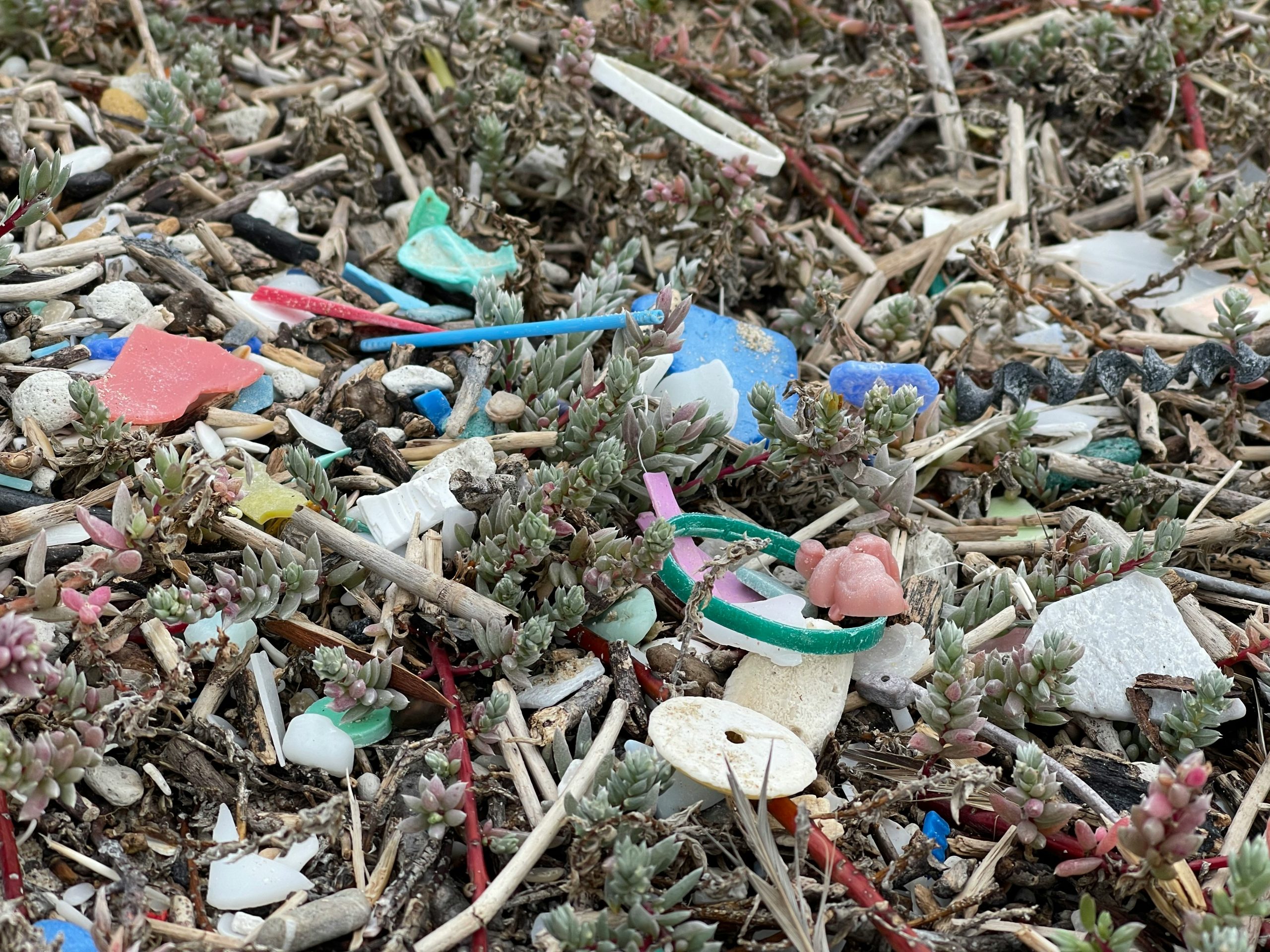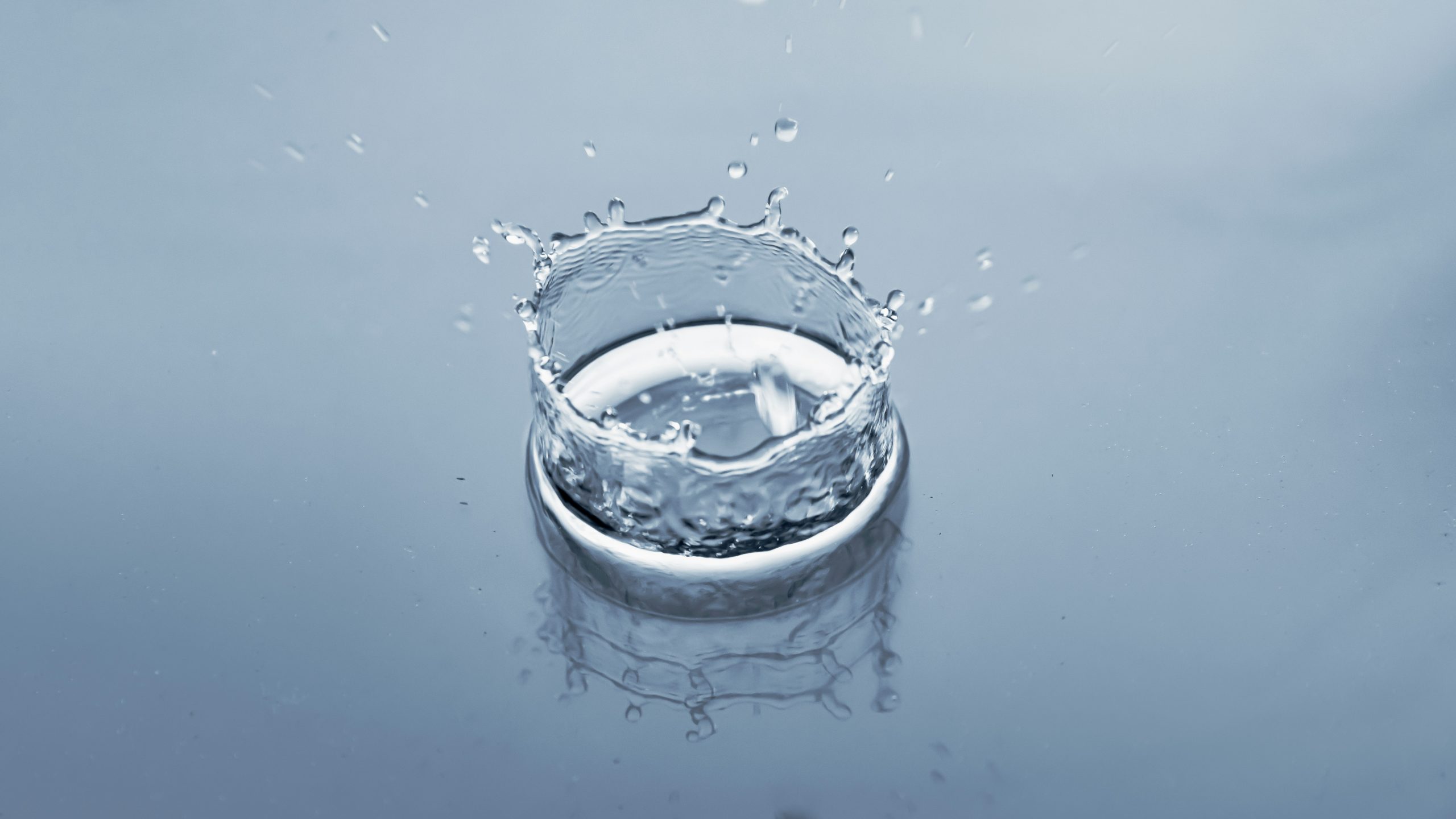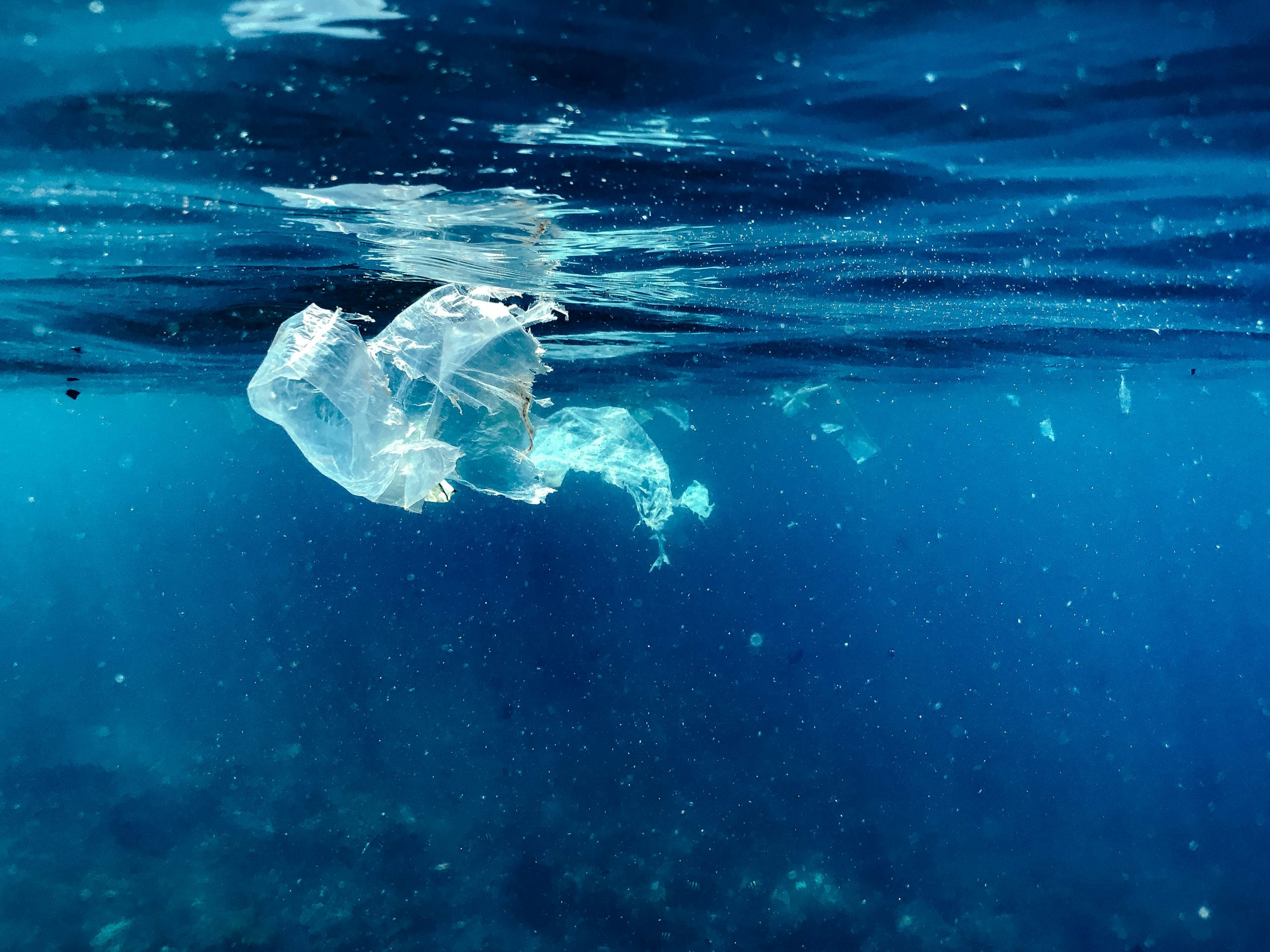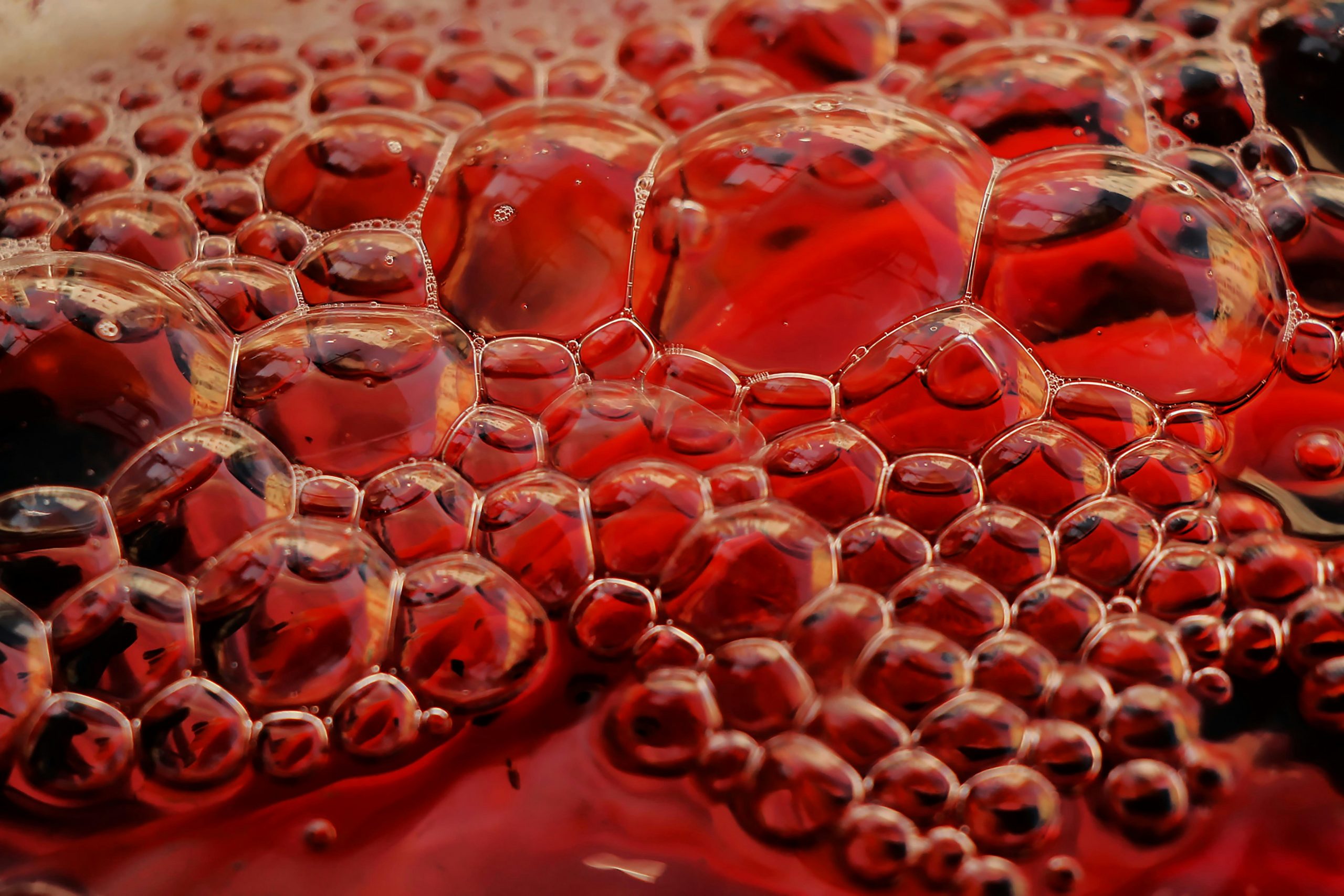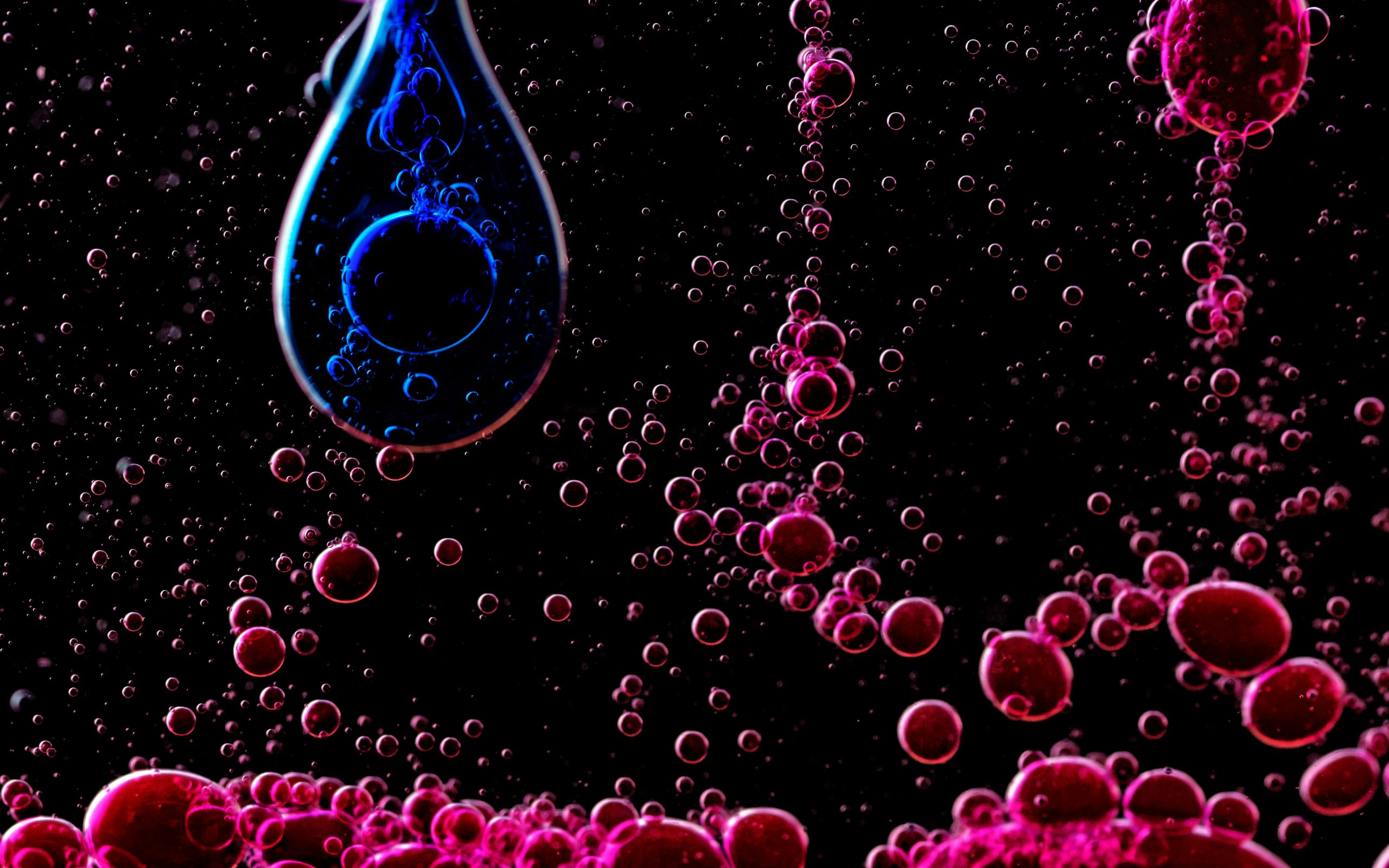
Water, Immunity, and Inflammation — The Overlooked Link
Your Immune System Starts with What You DrinkThe human immune system depends on the body’s ability to maintain internal balance — a process directly influenced by water quality. When drinking water carries microplastics, PFAS, heavy metals, or chlorine byproducts, these compounds can trigger low-grade inflammation and disrupt immune regulation (Frontiers in Immunology, 2024).Microplastics, in particular, have been shown to activate macrophages and inflammatory pathways, increasing oxidative stress and immune fatigue. Invisible Stress, Real ConsequencesChronic exposure to these pollutants doesn’t cause acute illness, but it subtly weakens immune defense. Studies show elevated markers of oxidative stress and cytokine imbalance in populations exposed to contaminated water. Over time, this can amplify allergic responses,
